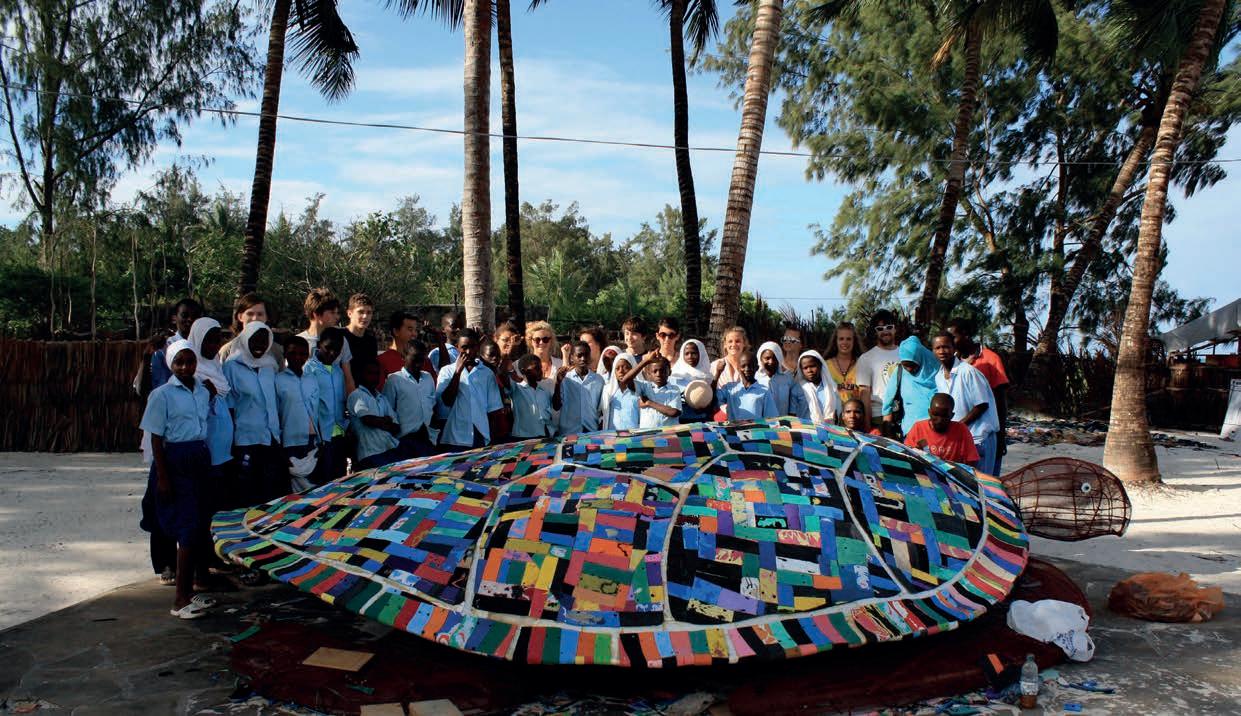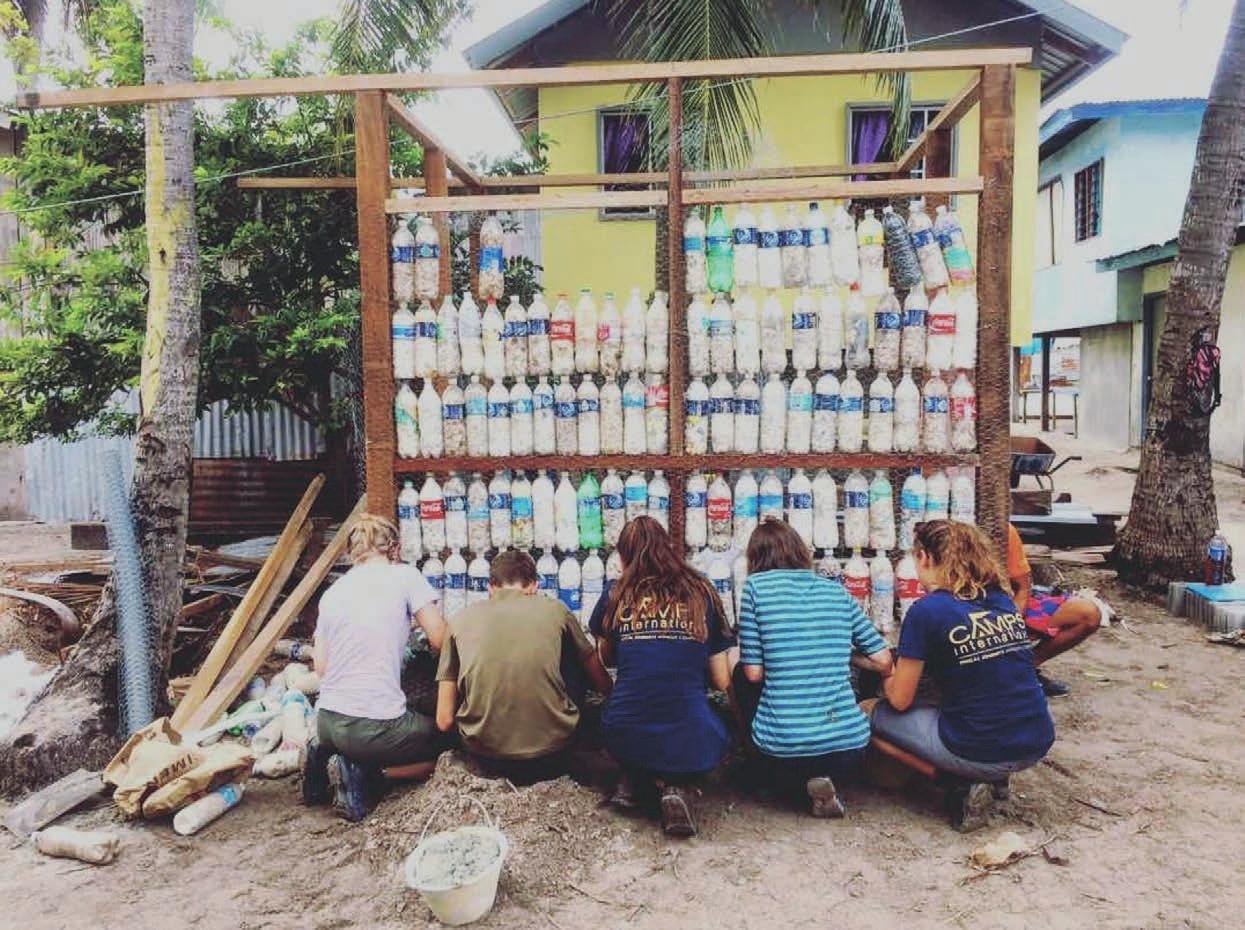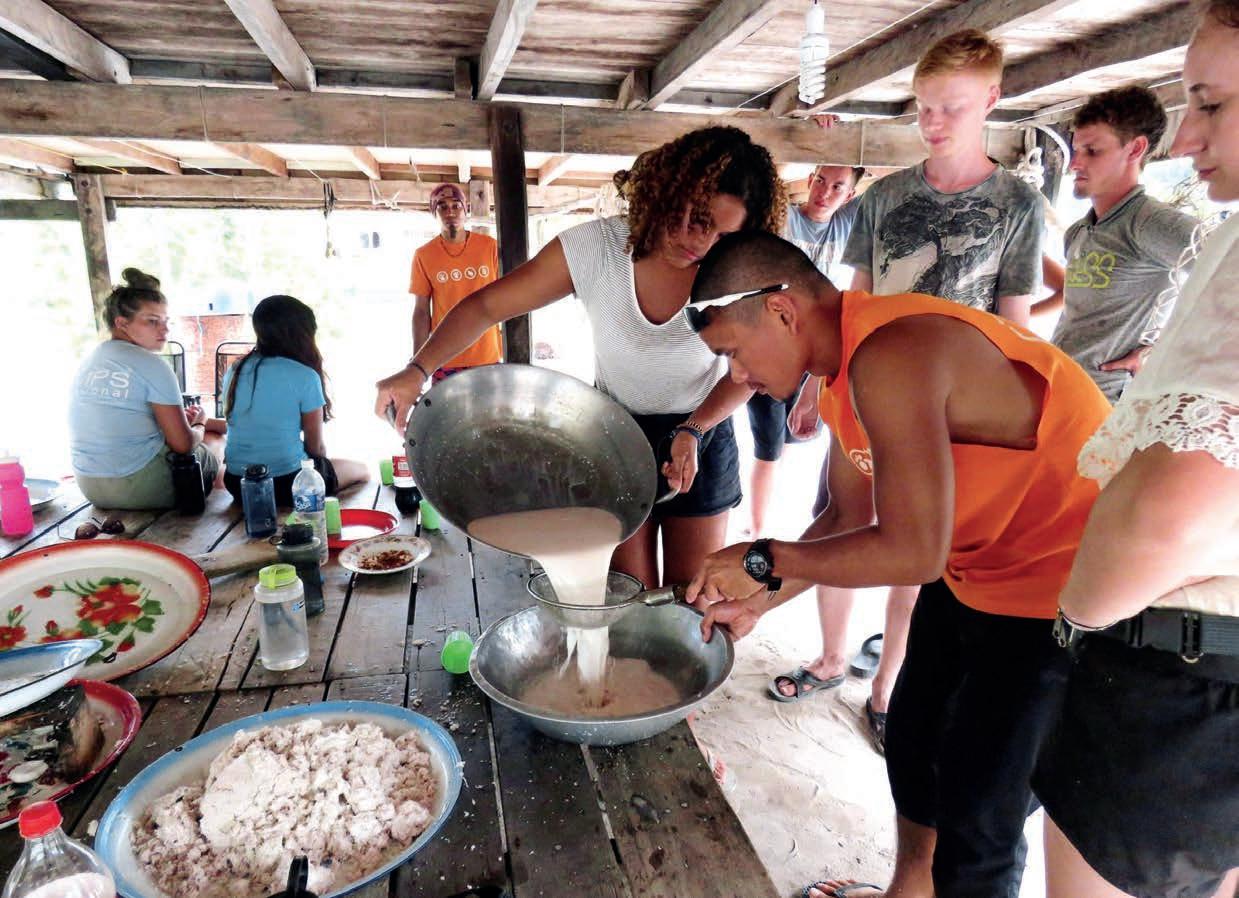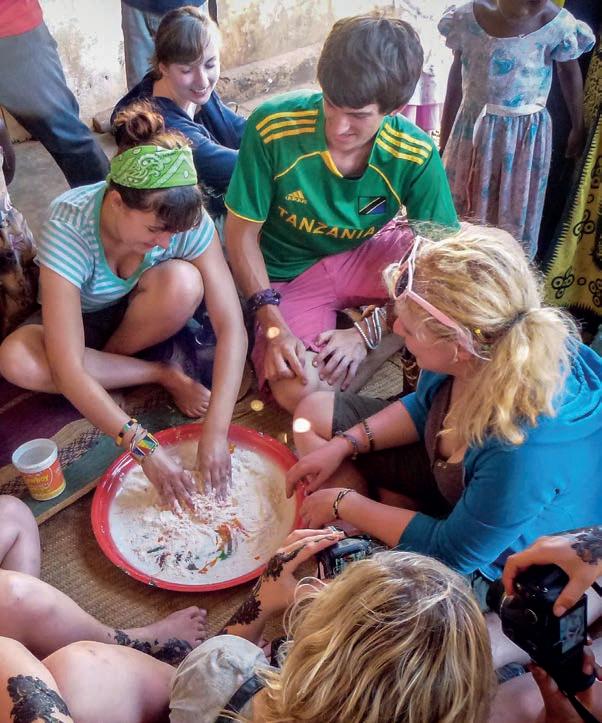
4 minute read
PROJECT IMPACT
Project Impact & Sustainability
GUIDANCE NOTES THE CAMP WAY
Are projects regularly monitored and evaluated to assess progress?
Monitoring and evaluation of project activities is a core and essential part of community development and conservation work. Monitoring and evaluation provide accountability for use of resources, funds and volunteer inputs and ensures that projects benefit the local community and meet their stated objectives. A regular and thorough project reporting and evaluation system is in place to ensure that project needs are being met and resources are being used appropriately to achieve the agreed objectives of the project.
Do project staff report failures or lessons learned?
Many projects do not result in the intended outcome. This is a reality of working in challenging environments and trying to solve complex social and conservation issues. Reporting on failures and lessons learned is an important part of the development process and allows for ongoing improvements. Project staff should be transparent about the challenges, failures and lessons learned in their projects and adapt their work accordingly or seek advice from other members of the CI team.
Is it clearly communicated how volunteers fit into the mission of Camps International’s project activities?
Some organisations work with volunteers because it brings financial benefit, rather than ensuring that the work of volunteers fit with a wider strategy. It is made clear to all volunteers how their contribution supports the wider objectives of CI’s social, environmental and conservation work so they recognise that their work is valued.
Project Impact & Sustainability
Does the project have a clear exit strategy and is there a sustainability plan?
Does Camps International have mechanisms in place to protect against fluctuations in the number of volunteers? GUIDANCE NOTES THE CAMP WAY
Projects should not be designed to exist forever. Issues and priorities change and funding runs out. Also, ongoing projects can create dependency. An exit strategy is a planned, timely and responsible withdrawal from a project area. Every project run by CI has a time limit, a sustainability plan, and a clear exit strategy.
Volunteers are more likely to be present at certain times of the year (peak holiday seasons, school holidays). It can be hard for organisations to plan activities if the numbers of volunteers are likely to fluctuate. Fluctuations in volunteer numbers are somewhat mitigated by the long lead in time after bookings and International regions preferring different travelling periods. However, there should still be a clear plan in place to manage fluctuations of volunteers, such as low caps on the number of volunteers and support for extra staff capacity.

GUIDANCE NOTES THE CAMP WAY
Is the project addressing a root cause of a problem (i.e. is it working towards a long-term solution to the issue)?
The most sustainable projects are doing work that tackles a root cause of a problem, so that the problem will not be an ongoing issue. Other projects address only symptoms, meaning that the problem will not be resolved (e.g. handing out food). Projects are carefully developed to tackle root causes including: Housing and Welfare, Food and Water Security, Healthcare and Sanitation, Education and Training, Wildlife Conservation and Animal Welfare, Environmental Protection and Climate Change.
In rare cases, CI may fulfil a short-term need such as disaster relief.

GUIDANCE NOTES THE CAMP WAY
Does CI offer ways and opportunities for volunteers to stay involved in the issue/ cause in the future?
Many projects involve volunteers engaging in an issue for a short period of time after which they leave and have no contact or knowledge of the ongoing process of the project. These types of project offer little benefit for local communities and represent a lost opportunity for volunteers to return home and advocate on the issue. CI ensures that on return home, volunteers have been equipped with the knowledge and resources to practically engage with the issues they have been working on.
Specifically, every volunteer is encouraged to support the Camps Foundation where they receive annual project updates and ways to continue supporting the projects they worked on, increasing their long-term impact beyond the length of their stay.
Project Impact & Sustainability
GUIDANCE NOTES THE CAMP WAY
Does the project maximise the positive effects of tourism activities on local communities?
Employing and training local staff, buying produce from local suppliers and paying fair wages can maximise the positive effects of tourism and increase buy in from the local community as they see lasting tangible benefits of our presence beyond our projects. Every camp and project employs local staff, use local guides, use local sustainable building materials, and buy produce from local suppliers wherever possible to support the local economy and to minimise the revenue that ‘leaks’ out of local areas.
CI recruits and employs staff transparently and fairly, creating a diverse workforce in terms of gender, ethnicity, age and disability.
Where possible, CI offers training and career progression opportunities to local people.
CI support community-based tourism initiatives/enterprises by encouraging tourists to visit these.
CI implements fair trading practices with local communities.











